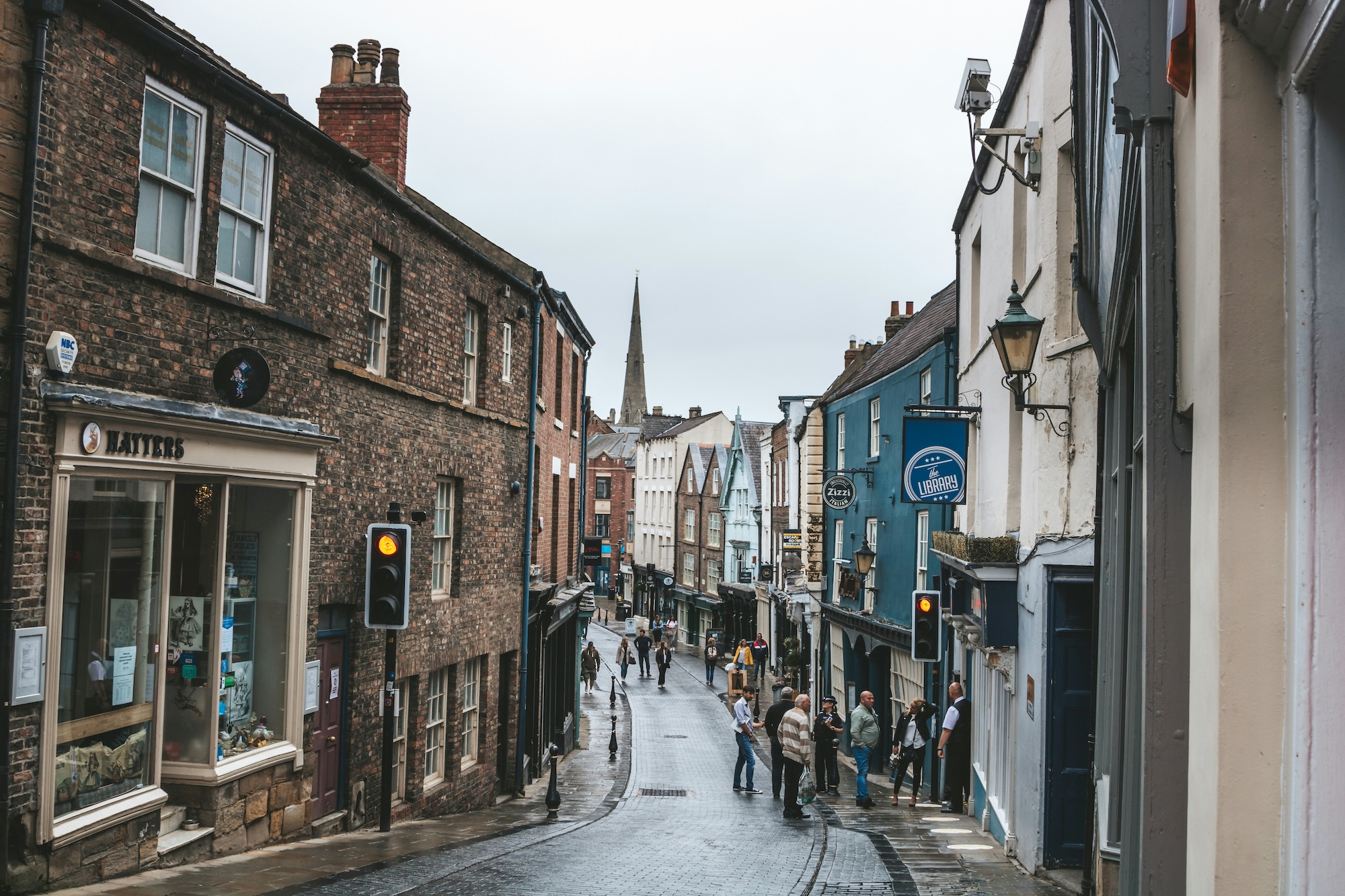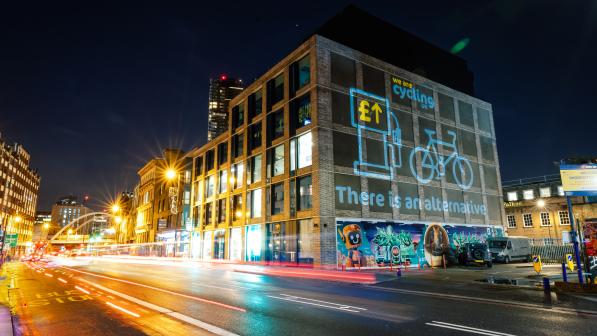The success of cycle parking is highly dependent on forward planning—simply buying and installing a few bike racks is unlikely to cut it. Determining the right access, location, products, capacity, and project integration are all vital factors that need to be considered if we want to see cycle parking being well used by all people.
When it comes to sustaining and growing active travel, cycle parking plays a major part in a person’s decision to ride their bike to any given destination. In fact, it can often inform whether someone chooses to cycle in the first place. In a nutshell, if you know that you’ll have secure, accessible, and easy-to-use facilities on arrival, then you’re much more likely to choose cycling.
So, here’s what you need to consider:
Access
To determine what access you’ll need for your cycle parking, you need to first assess your project’s unique demands and requirements.
To begin in the simplest terms, we can break down cycle parking into two main categories: open and enclosed.
Open cycle parking is often found at shopping centres, supermarkets, or other short stay conveniences. By open, we mean cycle parking that isn’t enclosed behind a keyfob or lock system. It is openly accessible to anyone to lock and secure their bike.
Enclosed cycle parking, on the other hand, has an extra level of security and will be found within a locked shelter, or within a basement area. Usually, this will be accessed via a keyfob or a digital code.
Cycling parking in locked shelters and basements are more often than not found at offices and workplaces—places where someone comes back to regularly, and can be given a code or fob.
Work out whether you want open, enclosed, or a mixture of cycle parking to begin thinking about lock systems and shelters.
Location
If you’re installing a shelter, it’s worth thinking carefully about where to put it. Some developers are tempted to put most shelters adjacent to bin stores. While this sometimes is a good option—particularly when the bin store is in a front-facing car park—it often means the cycle parking is relegated to the rear of a building.
Because of its relatively small footprint when compared with car parking, cycle shelters can be placed very close to main entrances. They have the ability to provide a welcoming and encouraging space for cyclists on arrival, meaning they’re much more likely to return, and showing new cyclists the way, too.
Capacity
Understanding how many spaces to deliver will often be laid out in local planning guidance, or the LTN 1/20. Even so, you might want to consider extra spaces to account for future demand.
As previously mentioned, the footprint of cycle parking represents much higher value than car parking. With more spaces, those cycling are likely to feel part of something bigger—encouraging them to keep coming back.
Materials
If you’re concerned that your cycle parking will be an eyesore, especially if we’re talking about a brand new development, you shouldn’t have to worry. Cycle shelters and canopies come in such a wide array of finishes that it’s possible to match and complement many different colour and material schemes.
Different types of timber, glass, powder coated mesh to a range of RAL colours, and steel plating are all great starting points. Each of these different categories has its own range of options, and in some cases we’ll be able to match the timber finish from an existing building.
Green roofs are a highly popular choice given their environmental benefits alongside the aesthetic boost. Sedum is a hardy choice and requires very minimal maintenance—just sit back and let it grow.
Integration
Think about how your cycle parking is going to work within the project as a whole. If it’s a development or new office space, promoting the facility with signage and social media will help generate buzz.
Way-finding from the shelter to the building entrance, or if possible from the cycle lane or road into the shelter, will help facilitate a better sense of flow and navigation. It also helps make the cycle parking a seamless part of the project, and not simply an afterthought.
When planned and delivered correctly, cycle parking can enhance many buildings—whatever their guise. Get in touch with us today to see how we can help from initial planning right through to a project’s delivery.





